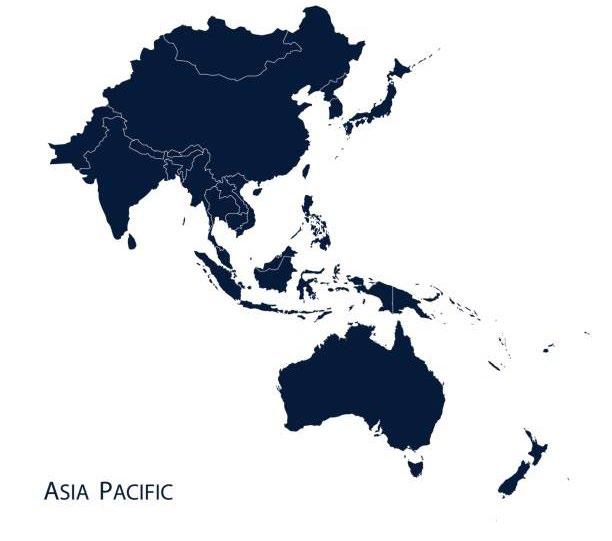
3 minute read
ISSUE IN SOLAR MICRO GRID
The prosumer should be a current customer of the Utility that is responsible for the supply of electricity in the area.
New applicants for electrical connections, can apply for net-metering while applying for new connections, following the net-metering guidelines. The applicant should not have any outstanding arrears before making the application. The only electricity that is produced from renewable energy sources can be connected to the grid under net metering. The applicant must either be the legal owner or have legal permission from the owner(s) or his legal representative(s) to install the proposed renewable energy system on the premise. Any empty space on the roof or facades of buildings, car parking areas, garages, factories or industrial buildings or sheds, or similar buildings are suitable. Also, land within the consumer’s own premises or any other suitable area accepted by Utility where Utility meter exists. The prosumer shall consume the electricity at the point of RE electricity generation, and only export the excess amount to the grid. Interconnection standards shall comply with the interconnection rules and standards set by the Utility or other relevant governing authority. The maximum output (AC) capacity of the installed RE system under Net energy metering (NEM) cannot be more than 10 MW.
Advertisement
In the case of medium-voltage (MV) consumers, the installed capacity of the renewable energy system cannot be more than 70% of the rated capacity of the distribution transformer or, the cumulative capacity of the distribution transformers.
As part of an initiative, “Remote Area Power Supply System (RAPSS)”, to ensure access to electricity people living in remote areas, 26 Solar mini-grids, with their total generation capacity of 5 MW, were set up at different off-grid areas of the country, these are mostly the remote islands of the country. Under the RAPSS concept, the government allowed private investors to set up Solar PV Power plants and install mini-grids for a tenure of 20 years with financial support from the two financing agencies (IDCOL and Private Investors) and sell electricity directly to the consumers of these remote areas. The state-owned Infrastructure Development Company Limited (IDCOL) made 80 percent of the financing in the projects while private investors have to invest 20 percent. But due to political pressure, the power distribution company expanded their power supply to this area where mini-grid consumers were there, therefore consumers of the mini-grids gave up their connections from mini-grids and started taking new connections from power distribution utilities which put the sponsors and IDCOL in serious financial trouble. To save the losses of the investors and IDCOL, the distribution entities start purchasing Power from mini-grids. As the Solar home system in Bangladesh is the largest contributor among the total Solar PV installed capacity, many mini-grid were set up across the country to provide electricity to the citizen of the country to the remote areas.
ISSUE IN SOLAR MICRO GRID

Conclusion
The country is taking many steps to increase its share of renewable energy in power generation for sustainable development goals. In 2021, the state-owned Electricity Generation Company of Bangladesh Limited (EGCB) and Marubeni Corporation signed a contract for implementing a 100 MW Solar Power plant at Sonagazi in the Fenni district. This comes to achieve a target to generate 10 percent of electricity under the national policy on renewable energy. Recent developments in Solar Power technology show great hope for meeting the almost 100 percent power demand of the country from a renewable source. The Asian Development Bank (ADB) has found three sites for floating Solar projects that, once installed, will be able to generate a total of 61 MW of electricity. The three sites were Barapukuria pit lakes in Dinajpur for 45.9 MW plant, Jhenidah's Joydia baor (lake) a 9.1 MW plant, and Jashore's Bukbhara baor a 6 MW plant. But the major challenges lie with the acquisition of land. The cost of Solar system development in Bangladesh would be further cheaper due to the low labor cost, even the Solar PV modules price has come down from the past few years. The growing industrial expertise of the country also helps manufacture floating pontoons, Solar PV panels, and other accessories locally. The resulting employment generation and value addition will be significant to the national economy.





